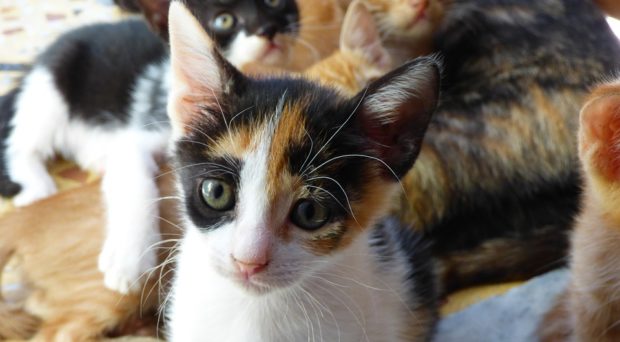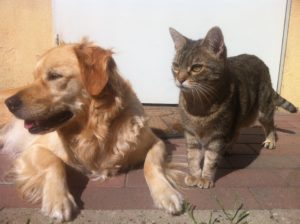
We are all full of harmless microbes that form our microbiota, but we are not born with these. Our microbiota develops over time and with exposure to the world around us. The gut microbiota of a newborn is not diverse, but by the age of one the gut microbiota begins to resemble that of an adult. Despite gut colonization being relatively quick, the period just before and after birth is a critical time for gut microbiota development in infants.
It is already known that the make up of our microbiota can impact our current and future health, and this make up depends on our lifestyles and environment. It then stands to reason that an infant’s environment can affect its microbiota and consequently its health – possibly even impacting on later childhood and adult health. Furthermore, dysbiosis or an imbalance in the gut microbiome can lead us to develop more allergies. Dysbiosis is attributed to an overly hygienic environment, where reduced exposure to microbes contributes to the immune system becoming imbalanced.
 Pet ownership – or rather exposure – in the first years of life has already been shown to reduce allergic sensitisation, so could exposure to furry household pets bring about other health benefits and how is this mediated?
Pet ownership – or rather exposure – in the first years of life has already been shown to reduce allergic sensitisation, so could exposure to furry household pets bring about other health benefits and how is this mediated?
Anita Kozyriskyj and colleagues report in the journal Microbiome that exposure to household pets pre and post birth enriched the abundance of two types of bacteria: Oscillospira and Ruminococcus species in 3-4 month old infants. The impact of pet exposure varied depending on the method of birth and, for the portion of infants who were exposed to pets during pregnancy alone, this was enough to increase the abundance of Oscillospira and Ruminococcus species.
Oscillospira is associated with leanness or lower body mass index in infants and adults.
What, you may ask, is the significance of the enrichment of these two types of bacteria in an infant’s gut? Oscillospira is associated with leanness or lower body mass index in infants and adults. This is through its positive interaction with Christenseella minuta which is a leanness-promoting bacterium. Ruminococcus’s role in infant health is poorly understood, but they have been linked to lower food sensitivity.
A word of warning though before everyone rushes off to the pet shop: microbiota studies are seldom clear cut, because the microbiota is such a complex, convoluted system. Further investigations to better elucidate the mechanisms through which pets impact our microbiota is definitely needed here. There are also many unanswered questions including:
- Do different pets produce different impacts?
- How long does the effect of this childhood exposure last?
- Would enrichment of certain microbial species in the gut lead to negative, unpredicted consequences?
- Could there be external factors that negate or boost the connection between pet ownership and childhood obesity?
Pets can of course enrich our lives, but we have also seen zoonotic diseases emerge from humans living in close contact with animals, so there needs to be a balance and we should proceed with caution…. and people certainly should not see pets as a dieting aid.
Srimathy Sriskantharajah
Srimathy is the Executive Publisher for Parasites & Vectors, Malaria Journal and other microbiology/ infectious diseases journals at BioMed Central.
Latest posts by Srimathy Sriskantharajah (see all)
- Scientists of the future: Matteo Gregori discusses his research path into Arctic microbiology - 22nd February 2022
- Scientists of the Future: Rebecca Ansorge talks to us about her research on the gut microbiome - 10th February 2022
- Quiz: so you think you know biology? - 6th October 2018
Comments